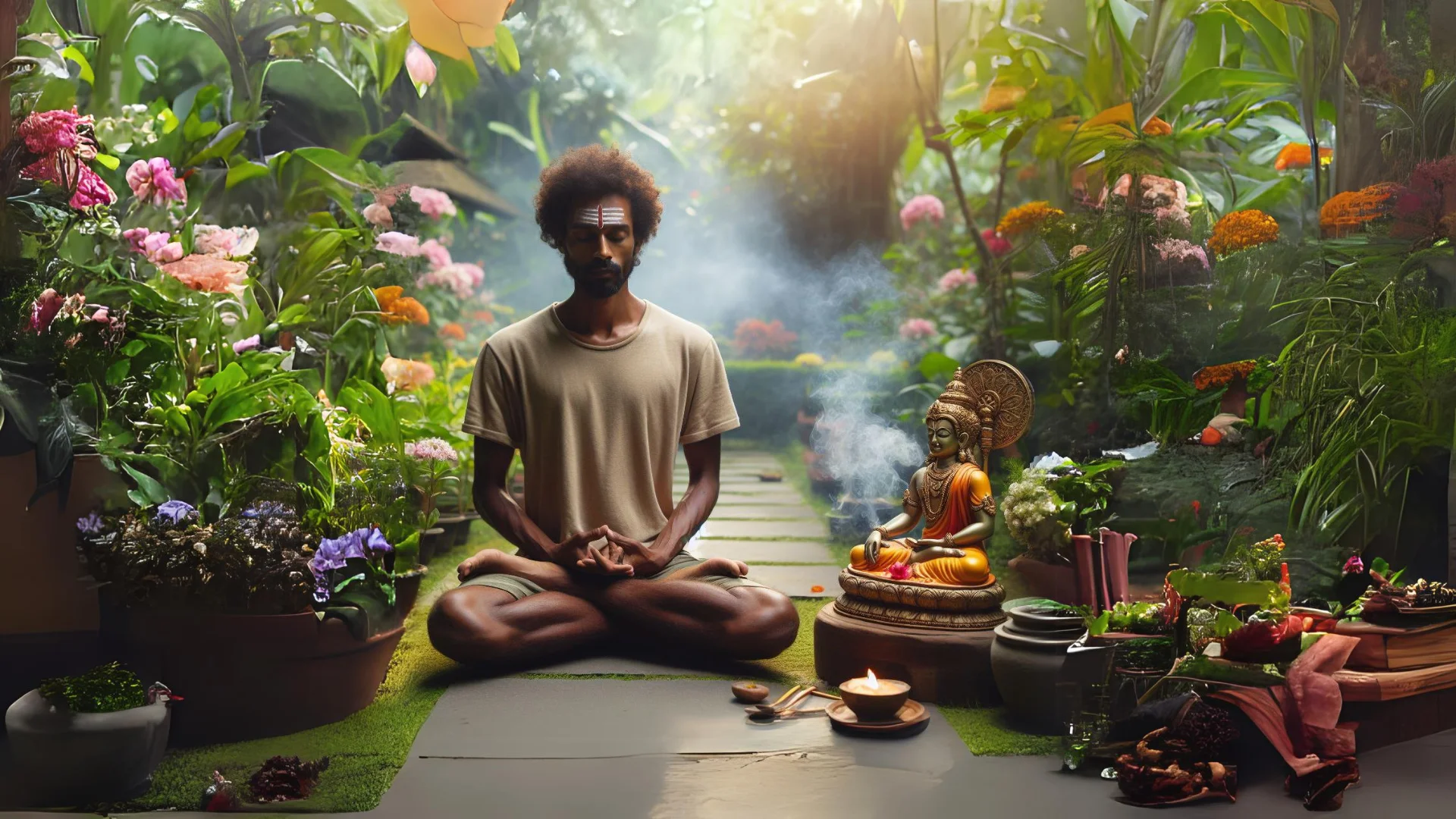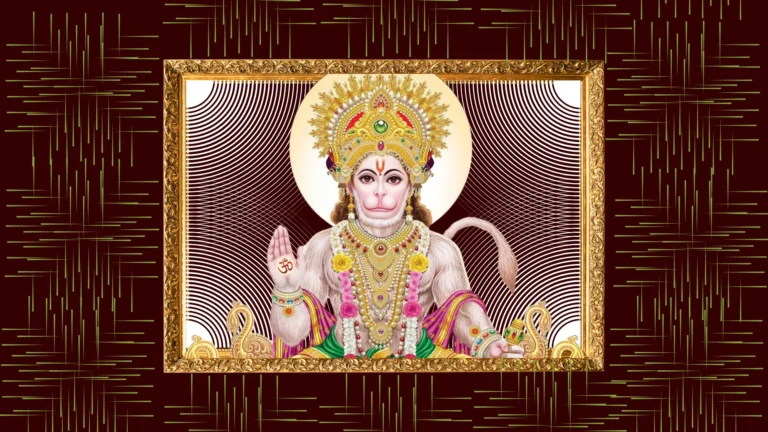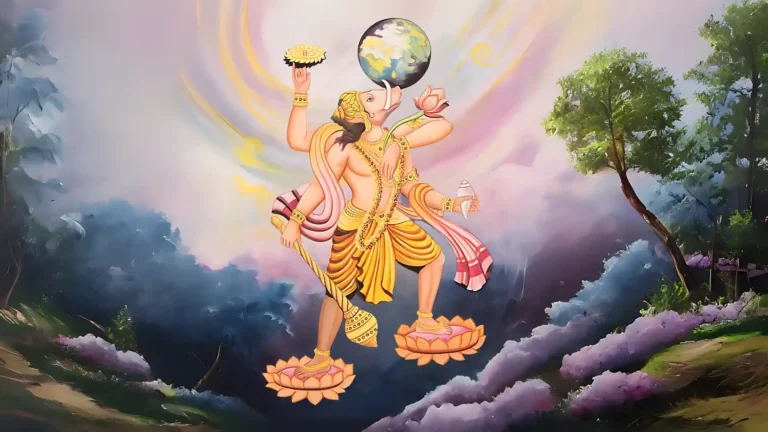Please Like the Blog and Share it for Maximum Reach
Table of Contents
Intention of Dhyana
In this video post, we will discuss the different stages of meditation or dhyana. The most important aspect of the art of dhyana is the intention that motivates the act. One point to clarify here is that one should only meditate to realize the ultimate reality and to free oneself from worldly attachments and bondages.
Any other intention to perform meditation is useless and wasted in every sense, mainly because the driving force behind dhyana will then be, “This world is real and permanent”.

If one develops the mood to understand the higher reality and performs dhyana with this intention, the act of meditation can bring benefits other than just life-support.
Ideally Meditation should not be for Material Goals
Nowadays, the process of meditation is being commercialized. We understand that these arrangements only bring a deviation from the main purpose and we can achieve nothing more than some heavenly or short-sighted material goals.

The basic purpose of meditation is self-realization, God-realization. If someone sincerely meditates with this goal in mind, even though he may fail halfway, one should understand that meditation has already brought him many steps closer to the goal of self-realization. This is a matter of course.
FAQs
What is Dhyana?
In layman’s language Dhyana means the process of elevating the mind towards a higher goal, a spiritual goal, such that our concentration on that spiritual goal alone, becomes the very purpose of life. For example, Spiritual goals can be to inquire “Who Am I, Why Am I here”. “Is there God or Bhagawan? Can I know Him?” “Is there a way to escape this rut of compulsive thinking and free myself from the web of the mind?” When we are committed to such questions intensely and look for answers, Dhyana can happen. Dhyana gets us one pointed to that higher goal.
Does Dhyana mean giving up Material Desires?
Material Desires cannot be given up, just by conviction or will power. Our mind is attached to things, people, situations and to our addictions, over millions of lifetimes. Dhyana is a tool that happens well undertake and keep ourself humble, limited to the strict instructions of Guru, food restrictions and following the do’s and dont’s of Yamas and Niyamas (Values and Practices). Under such circumstances only Dhyana shall bear fruit. Under such conditions alone shall Dhyana cure our Material Fever.
Do Spiritual Experiences have any value while undertaking Dhyana?
Spiritual Experiences are just the opening up of blocked channels as we take up Dhyana under the guidance of a God-Realized Guru. The experiences themselves are of no value. This is because all that we experience during Dhyana is a product of Maya.
It is an opening up of deep, latent impressions of previous births, or our latent, dormant instincts that manifest as richness is taste or as convulsions and other bodily and mental manifestations. The question is, are we going beyond this experience and understanding things with the guidance of Guru?
Are we getting stuck to the experiences or realizing what we are , who we are and our relationship with Guru and Bhagawan. If that is not happening, experiences are of no value.
How to Approach Dhyana
The first stages of meditation can be very challenging. One can face many challenges when using meditation as a powerful tool for attaining self-knowledge. It is better that one takes shelter under a self-realized master when taking up dhyana.
One should also understand that dhyana is a method of tuning into the higher frequencies of nature and an attempt to free oneself from forces that bind us to the world of matter. When you meditate, you will upset the energy systems that surround you.
An Allegory for the Dhyana Process
It is like making a small hole in a conical plastic sheet that contains water. A hole in the foil allows the water to gush out through this hole. Under, normal circumstances the environment affects the mind and the supporting faculties of the intellect and therefore the mind faculties attune themselves to this environment of matter.
When you meditate, you try to redirect the stream of consciousness that is currently flowing outwards. If there is an opportunity to direct it inwards or upwards, the flow of consciousness reverses. This also means that the process of meditation disturbs the apparent position of balance that existed before we undertook the meditation process.
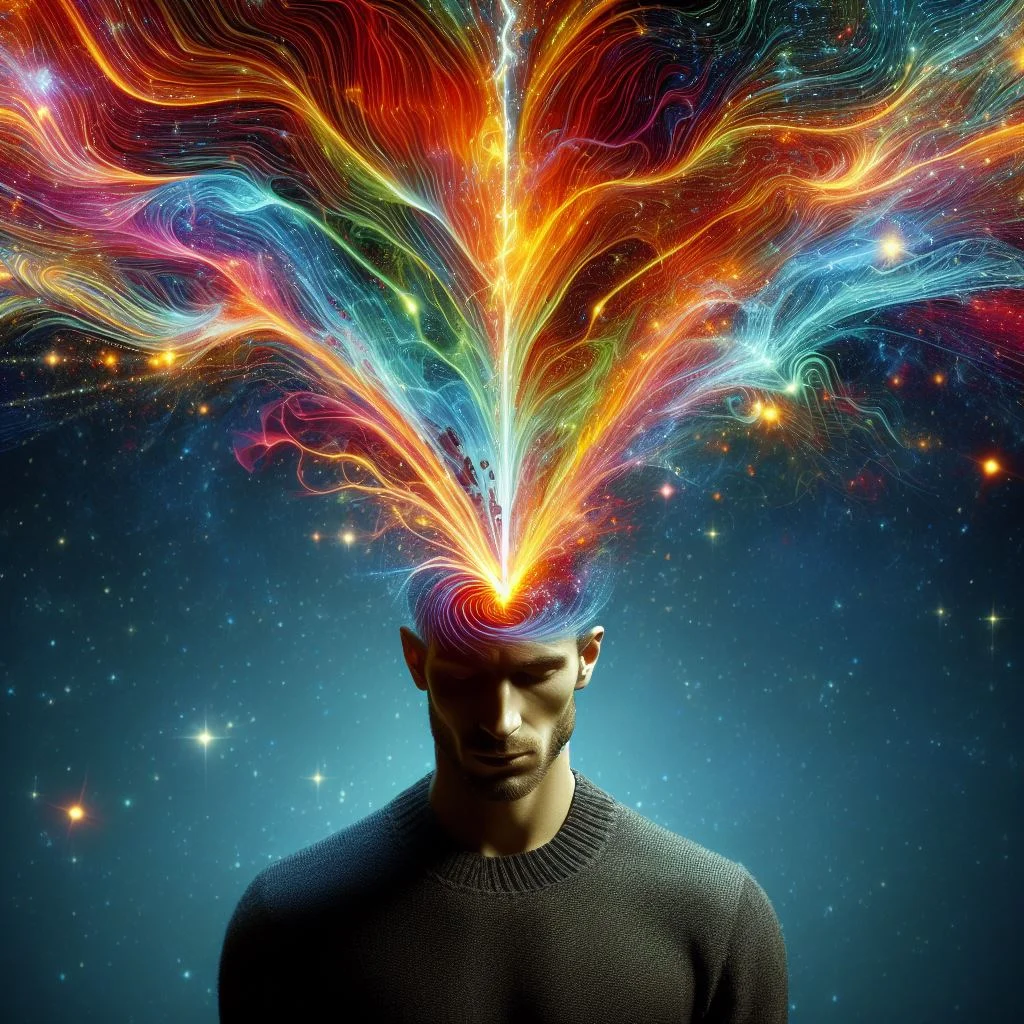
We should understand that in the normal course of things, before introducing meditation, all external energies balance time and causality and have a direct influence on the events or happenings in life.
Connection between Karma and Dhyana
Karmic pressures guide a person’s events and physical condition. In the causal plane, the meditation practice creates a dent as a new passageway for consciousness emerges through meditation practice.
In this way, the initial stages of meditation can likely affect the flow of life. How karma dissolves also undergoes a change. Within a few days of dedicated practice, events can develop in such a way that they can force the termination of meditation practice. There may be several triggers where the karma develops in rapid succession so that the person cannot endure the bombardment of these events which can force him to abandon meditation.

However, if the person knows of these challenges beforehand, then he can take a break when the karmas interfere with his practice. Following this, it is better to take breaks from meditation and slowly start practicing again.
Experiences in Dhyana
With continued meditation practice, one can see divine visions, experience divine smell, divine taste, divine touch, hear divine Anahata sounds (अनाहत Sounds of Om within) and so on. One can receive divine instructions.
These show that the meditation awakens Kundalini Shakti (कुंडलिनी शक्ति).
When it pulsates in the Muladhara (मूलाधार), when the hair stands up, there may be situations in which the practitioner automatically performs yogic asanas (योग आसन). From this it also follows that the breath holds with no effort.
You shall feel the currents of prana (प्राण), the life force, and the cosmic sound of Om automatically echoes in the meditator’s consciousness. When the eyes get directed to the center of the eyebrows in meditation, one can know that the Kundalini has become active.
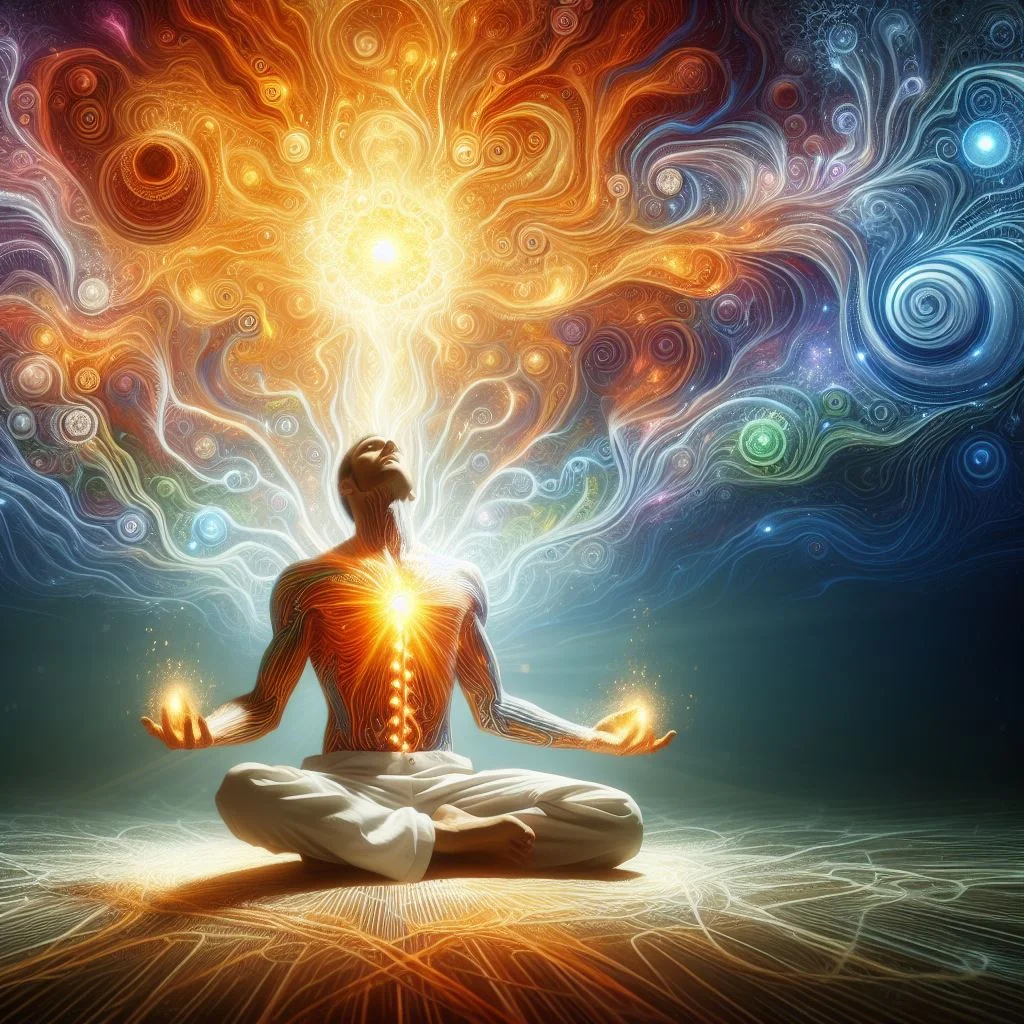
When one feels vibrations of prana in different parts of the body, when one experiences twitches like electric shocks, one can know that Kundalini has become active. When one meditates, when one gets inspiration and insight, when nature unfolds its mysteries, all doubts disappear, one clearly understands the meaning of the Vedic texts, one can know that Kundalini has become active.
Having Bhagawan at the Center of Dhyana
If we continue meditation in this way, karma can undergo a significant change, life-changing events can occur and life can change its entire course. For example, if a person meditates with the Bhagawan in mind, within a short period of devotional practice, the current profession of the meditator may change drastically.
When devotion to Bhagawan is 100%, it is possible for situations to change amicably so much that the way the meditator leads his life changes completely. He may well lead a 100% spiritual life in which Bhagawan is his only goal. The way he looks at life will change, his insights about life will change, and his circle of friends and associates will change.
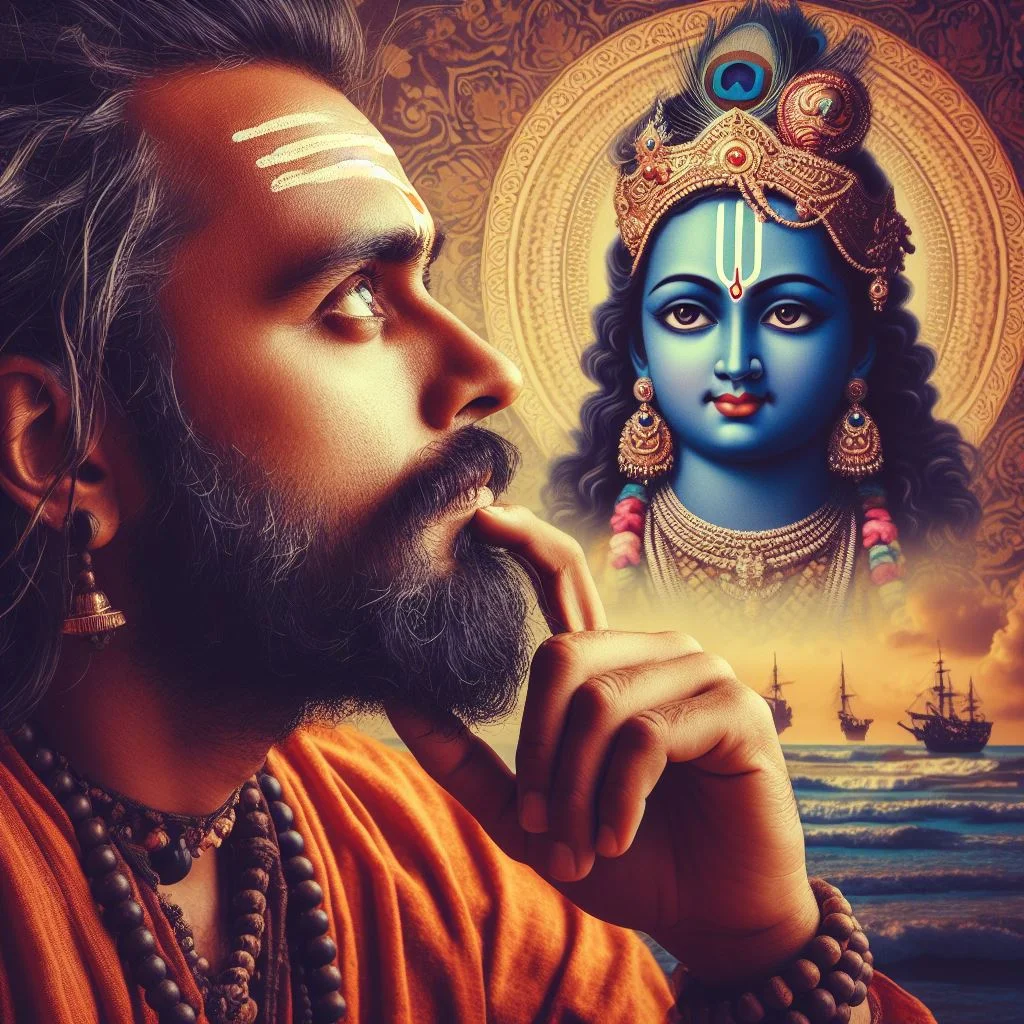
With continued meditation practice, all material layers of the mind peels away. Various dynamic changes that the meditator experiences in life represent these peeling of the mind.
8 Questions from Sanatana Dharma
The scores generated in this Quiz are absolute. There are right or wrong answers to each Question. A percentage towards 100 indicates that you are more aligned to the overall subject matter.
How does Inner Cleansing Happen in Dhyana?
When the meditation practice reaches the climax, Bhagawan reveals his divine form and establishes constant contact with the meditator and becomes an inseparable part of the practitioner.
The peeling away of the physical, subtle and causal layers of consciousness manifest as altered sleep patterns and dreams of the practitioner that directly represent inner cleansing. This also means that the physical appearance of the meditator can change. The reality of life will dawn on the practitioner and he will enter the realm of the unassailable.
He will then enter a realm of complete security.
Please Like the Blog and Share it for Maximum Reach

